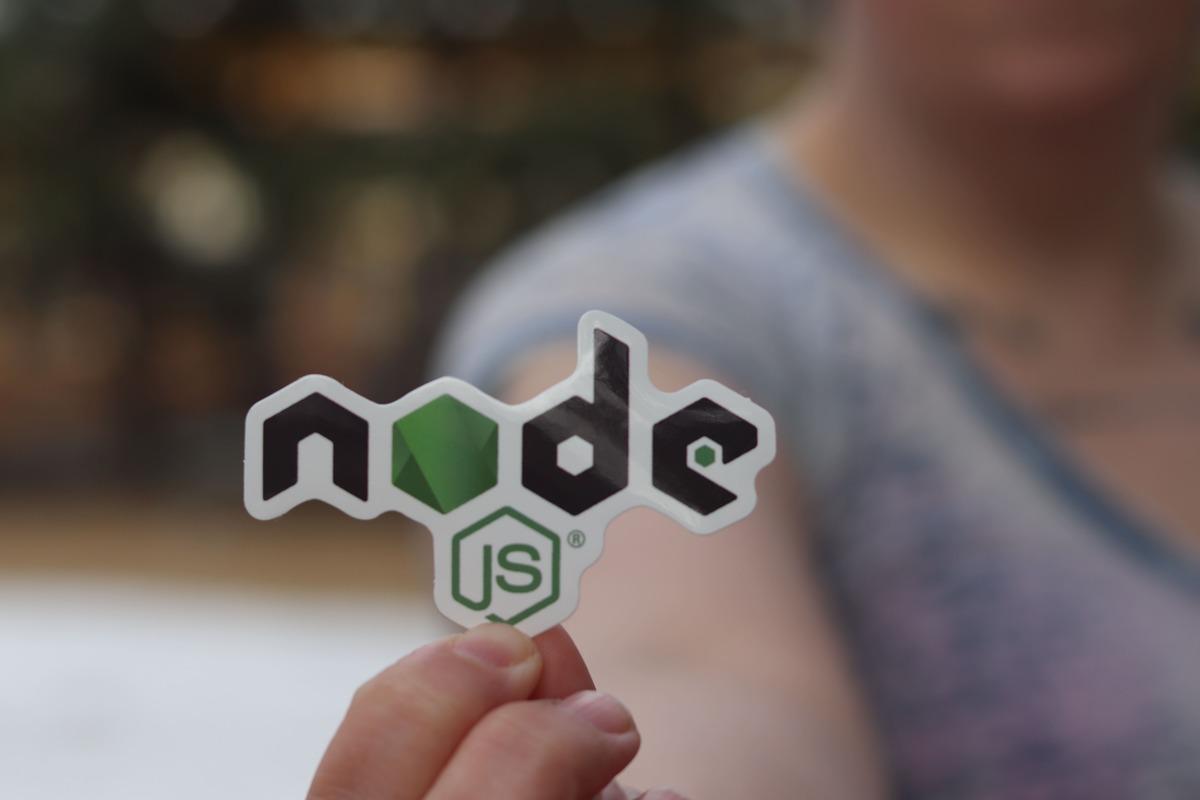5 Cons of a Hybrid Workplace To Know About in 2022

The pandemic’s disruption has resulted in significant changes to work models. Employers are now considering ways to create and facilitate work without confining it to a location. In a report published by Gartner, 75% of hybrid or remote knowledge workers agree that their expectations for flexible working have increased. This means that the hybrid workplace is here to stay.
While a hybrid workplace combines the best of both worlds – employees can enjoy the flexibility of remote work and also work from the office to collaborate with colleagues. However, it is not without its own set of difficulties. From longer working hours to ineffective communication, there are various issues that you need to work through.
If you are considering implementing a hybrid workplace model for your company, here are a few disadvantages you must consider before reaching a decision.
1. Possible Employee Burnout
The hybrid workplace may offer greater flexibility in terms of work timings to employees. But it also facilitates burnout. When everyone else isn’t turning off their monitors and leaving their desks, it can be challenging to determine when it’s time to take a break. This frequently leads to employees overcompensating and working longer hours than they would in the office.
Even a recent McKinsey survey revealed that 49 percent of office workers are burned out. After all, workers working remotely in a hybrid setup work longer hours and take fewer breaks than office workers.
Say, if a flexible worker takes time out in the afternoon to exercise or play with their children, it can lead to guilt, more work, more stress, and, eventually, burnout. In the absence of the signals of a commute or office work, employees working from home often find it difficult to set boundaries.
Hence, it is managers’ goal to cultivate a company culture that puts less importance on logging in and more on what is happening for a successful hybrid workplace.
2. Tedious Work of Managing Schedules
With the implementation of a hybrid model, you may run into resourcing issues without a reliable way to keep track of employee schedules. Furthermore, on-site employees may not know which teammates will be present in the office, affecting collaboration.
Since keeping track of various employee schedules can be challenging in a hybrid workplace, it is crucial to have a clear policy in place. With a scheduling plan, employees can coordinate their in-office days with their colleagues, thus facilitating better communication and higher productivity.
3. Increased Overhead Costs
Industries that opt for a hybrid workplace model may face difficulties during the transition. A hybrid workplace model necessitates both collaborative and individual desk spaces. Meeting rooms become necessary for collaborative tasks, while individual office spaces and hot-desking become crucial to enhance employee productivity.
These call for workplace restructuring, reorganization, and even renovations. Further, online communication is required because team members will be working remotely at times. As a result, a hybrid workplace setup will require meeting rooms with better internet services and necessary equipment.
Apart from these costs, managing employee costs and expenses is not as simple as it is with entirely in-house employees in a hybrid workplace, like reimbursement for travel or internet expenses. Therefore, it becomes necessary to give all employees a choice and inform them of any tradeoffs or changes to their benefits.
4. Heightened Cyber Security Risks
In addition to providing enhanced efficiency, over-reliance on technology can lead to adverse outcomes. Separating a business from its physical space is impossible, but a hybrid workplace should be location-independent.
Employers need to provide the necessary gadgets and physical tools to boost remote workers’ productivity. Using a hybrid workplace model, your team will require hardware and software upgrades. Although digital tools have security protocols, trading files and communicating over the internet can still be dangerous, exposing your valuable data to cyberattacks.
As data breaches become more common, companies must ensure the security of their digital footprint by updating software regularly, securing passwords, and enforcing multi-factor authentication. Developing continuity plans and procedures for dealing with outages is crucial, raising cyber security costs.
5. Hybrid Model Not Suitable for Every Industry
Hybrid workplace models may not be appropriate for every industry. Some organizations, such as nursing or education, require a fully remote or entirely on-site environment to function.
As per 2022 Workplace Trends Reports, the industries with the least on-site traffic growth were materials, utilities, and telecom services. Furthermore, companies with fewer than 50 employees experienced a less increase in foot traffic, whereas those with more than 250 employees embraced a hybrid workplace first.
The key, regardless of industry or size, is to develop a work plan that meets the needs of your employees.
All in All
A hybrid model combines in-person work with remote work, so you will need a tool that can handle the transition from the office to the home and everywhere in between. You need to get something that will allow you to seamlessly manage both on-site and remote employees. Coordinating projects via email and meetings is easy when you are in the same room, but working from a distance makes the process more complicated.
WorkInSync hybrid workplace software helps you to get your employees to return to the office. The app is designed to help you manage your hybrid working models.
If you want to get on the future of work bandwagon, then get WorkInSync today. To know more about the product, book a demo today.





